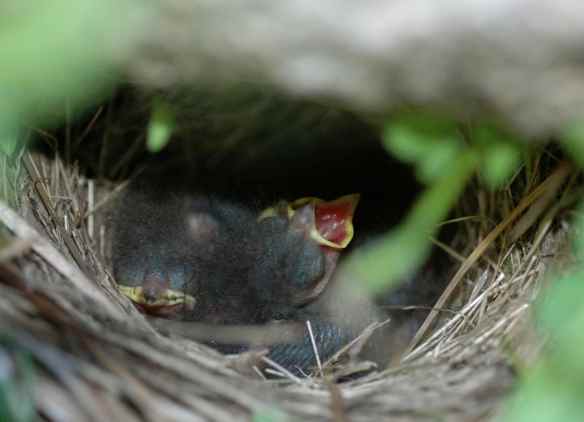Frog season is upon us, and for us in the Frog Lab, regular sleeping hours are a luxury of the past. In the day we hide from the sun in basements and prepare our equipment.

Painting frog models to perfectly match real frogs.

Calibrating a speaker so that it ouputs the sound of a frog call at exactly 85.0 dB.
In the night, we don our chest waders, take up our headlamps, hang bags of tupperware from our wader straps, and walk into the ponds to seek our prey.





 The small amount of field work I did this year took place much earlier than my usual field work because I was sampling juncos at a much lower elevation. Down here, the juncos are breeding in mid-March. Up at my usual sites, they wait until late May. That early start happened to be convenient for me, since I needed to analyze any data I got in time to file my dissertation in mid-May.
The small amount of field work I did this year took place much earlier than my usual field work because I was sampling juncos at a much lower elevation. Down here, the juncos are breeding in mid-March. Up at my usual sites, they wait until late May. That early start happened to be convenient for me, since I needed to analyze any data I got in time to file my dissertation in mid-May.


